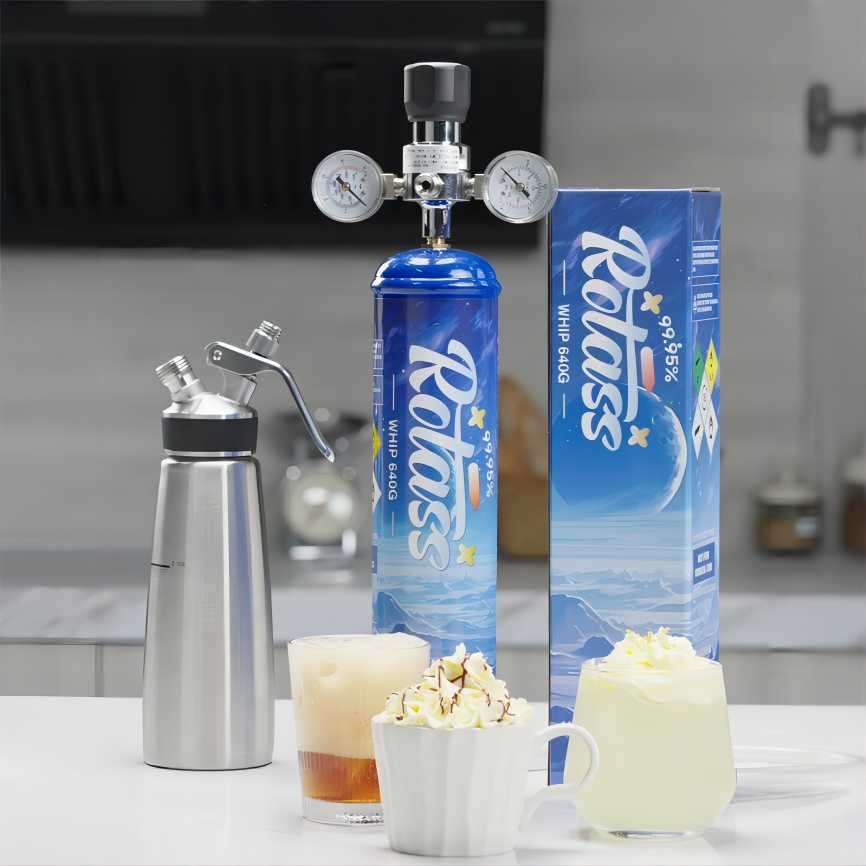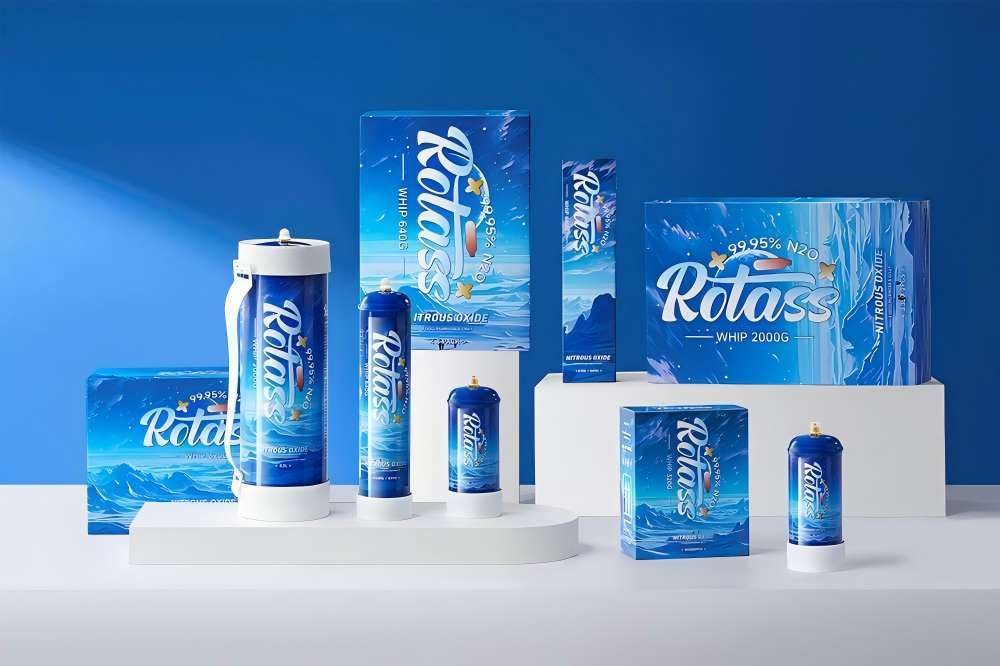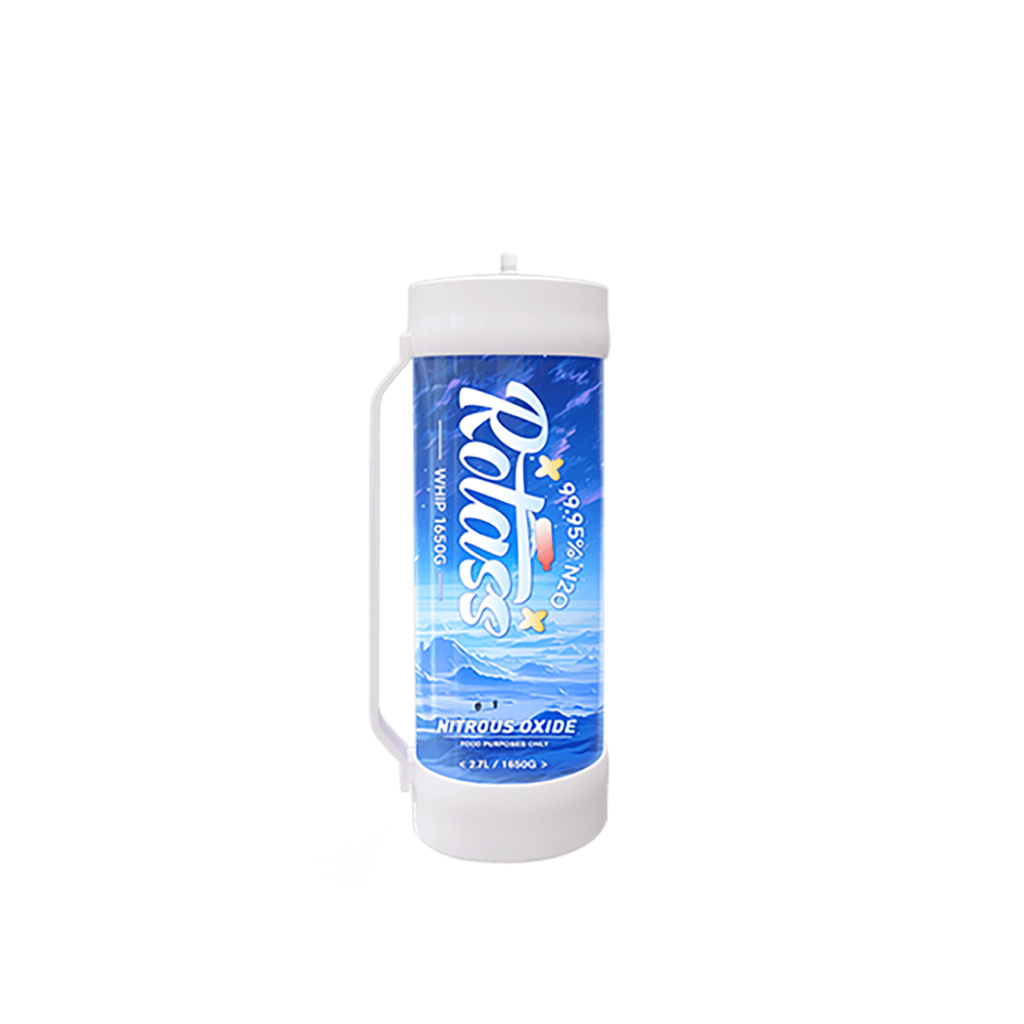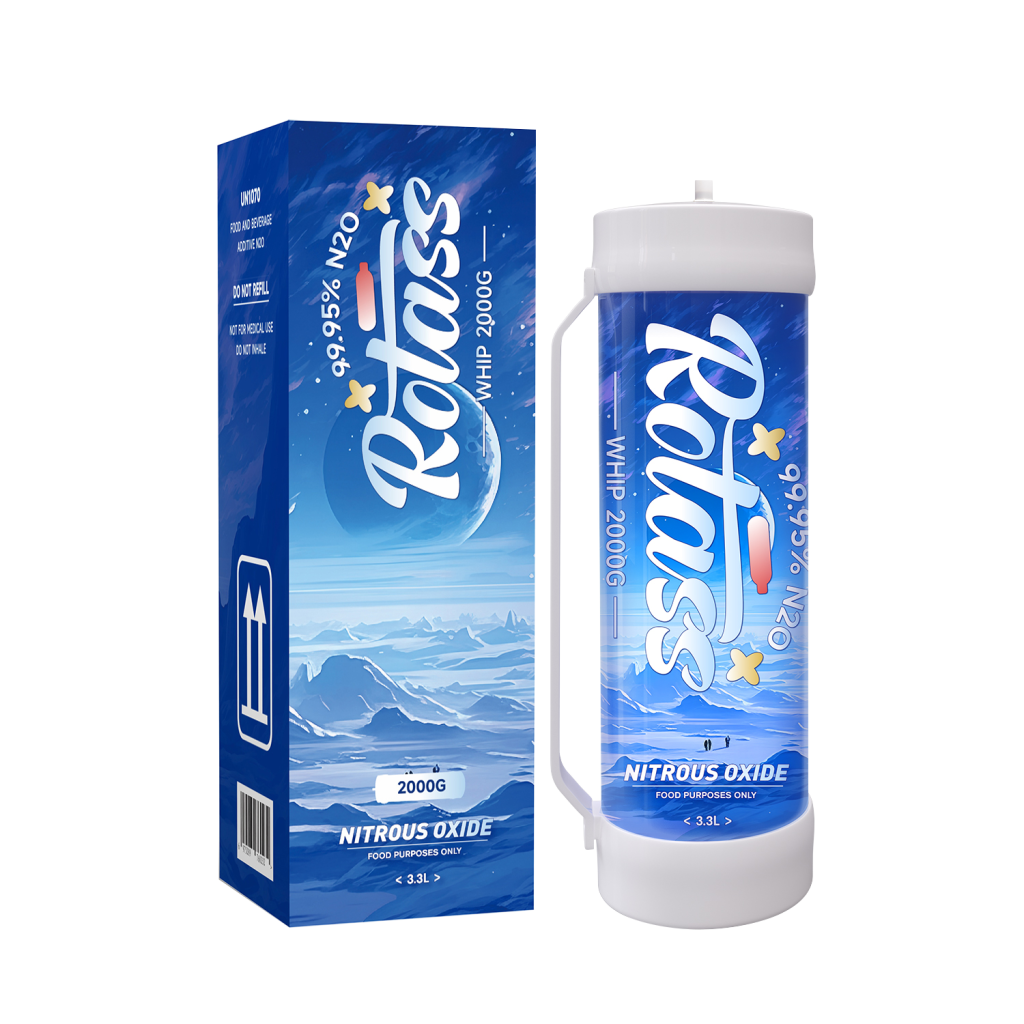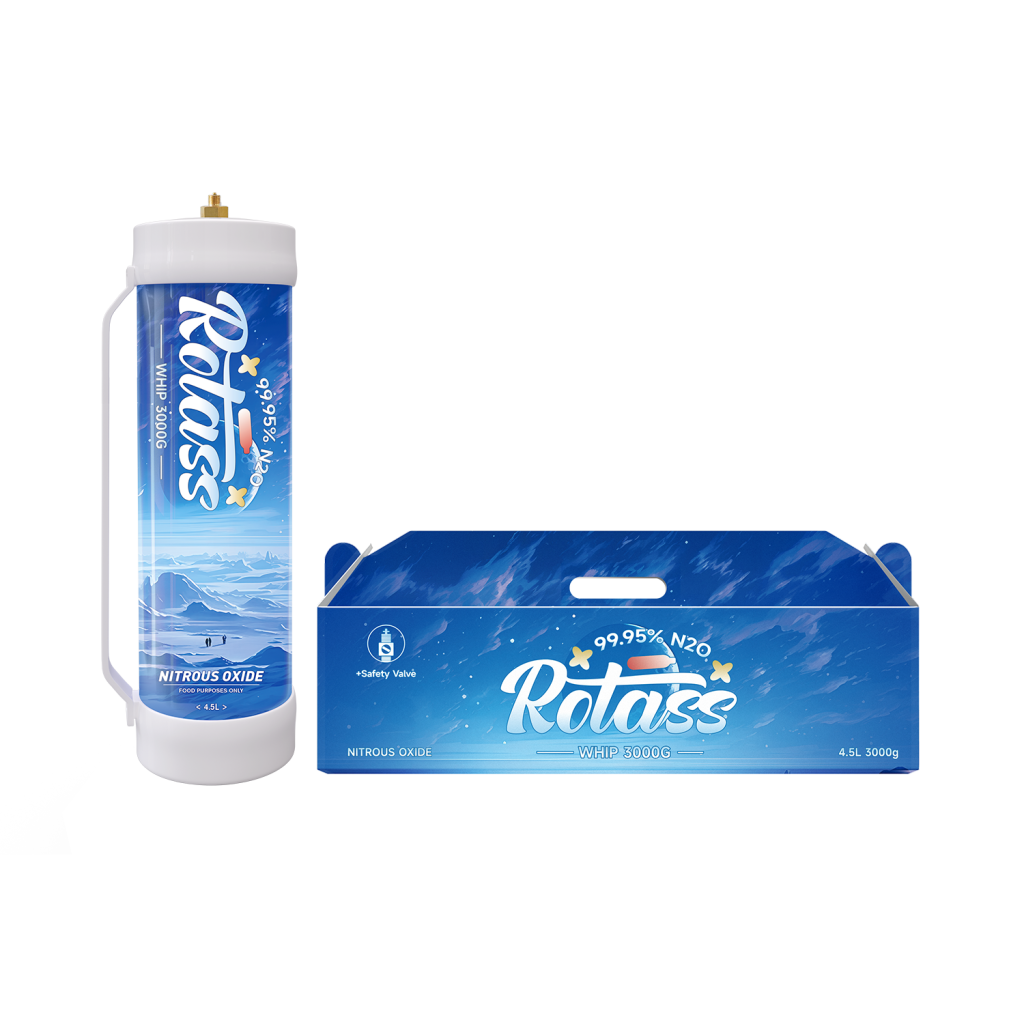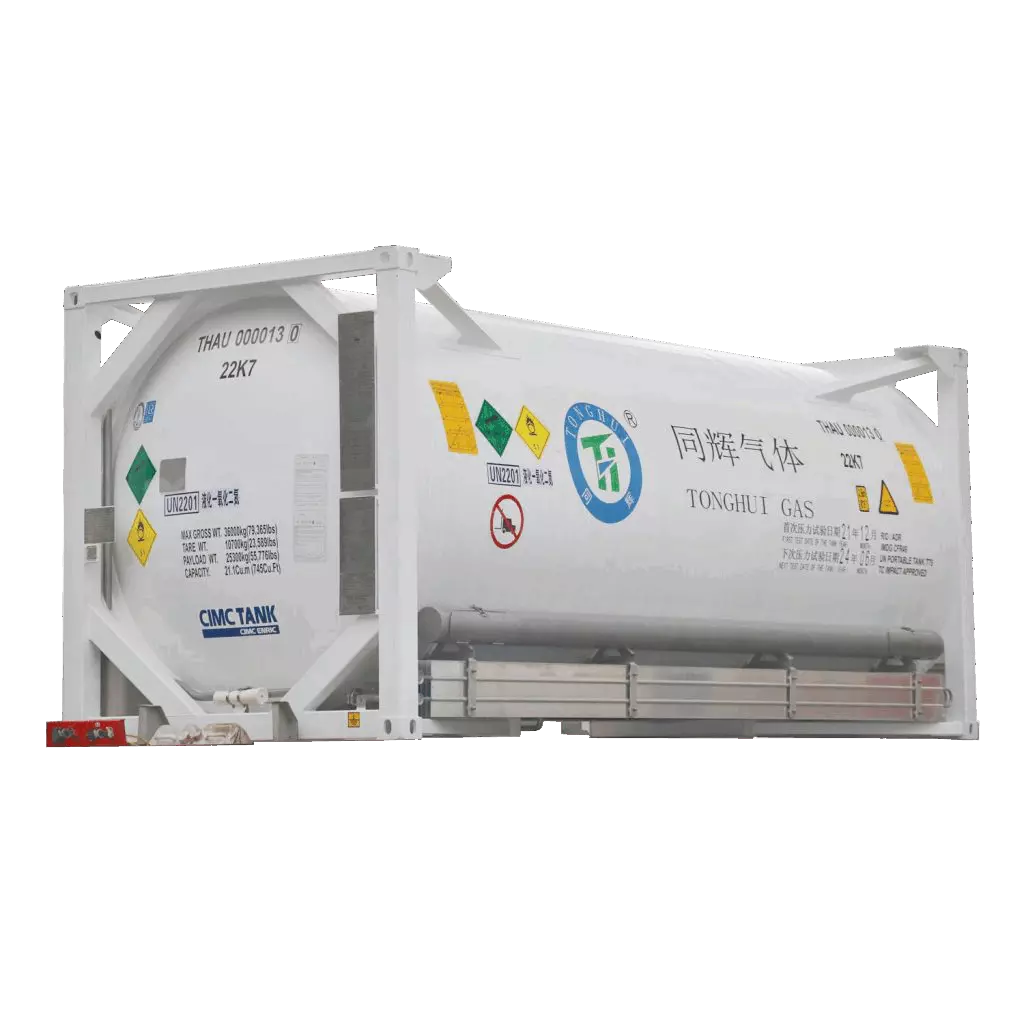2025 / 04 / 03
Food Grade Nitrous Oxide vs. Industrial Grade Nitrous Oxide: 6 Key Differences
Table of Contents
Nitrous oxide (N₂O) is a versatile gas used across industries, but not all types are created equal. Using the wrong grade—whether in a bakery or a factory—can lead to health hazards, legal penalties, or product failures. This article breaks down the critical differences between food grade nitrous oxide and industrial grade nitrous oxide, helping you make informed decisions for your business or projects.
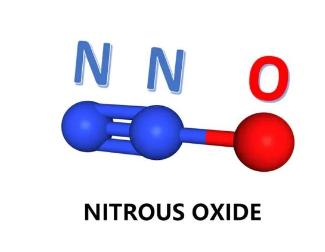
What is Food Grade Nitrous Oxide?
Food grade nitrous oxide is a high-purity form of N₂O specifically manufactured and purified for safe use in the food and beverage industry. Its primary application is as a propellant in whipped cream dispensers, creating light and airy textures. Due to its direct contact with consumable products, food grade nitrous oxide undergoes rigorous production processes and quality control measures to eliminate harmful contaminants and ensure it meets stringent food safety standards.
It adheres to strict regulatory standards set by organizations like the FDA (U.S. Food and Drug Administration) and EFSA (European Food Safety Authority) and is essentially considered an ingredient in the food production process.
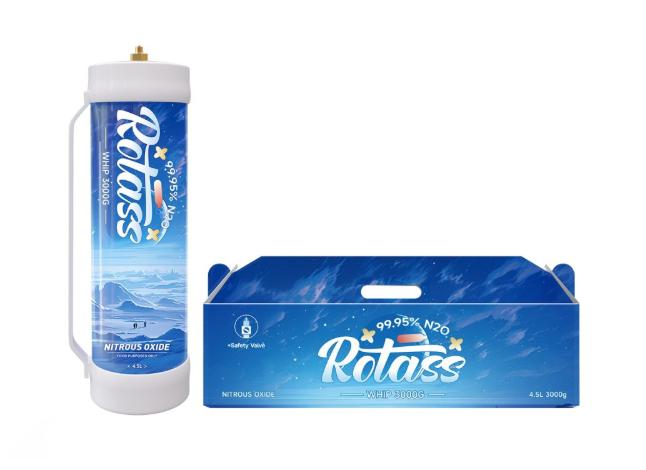
What is Industrial Grade Nitrous Oxide?
Industrial grade nitrous oxide, in contrast, is produced for a broader spectrum of manufacturing and technical applications beyond the food and beverage industry. While chemically composed of N₂O molecules, its purity levels and tolerance for impurities are less stringent compared to its food-grade counterpart and may include impurities and additives unsuitable for human consumption.
This grade of nitrous oxide finds uses in various sectors, including medicine (as an anesthetic and analgesic), manufacturing (as an oxidizing agent in semiconductor production), automotive (in some performance enhancement applications), and research. The production focus for industrial grade nitrous oxide is geared towards meeting the specific requirements of these diverse industrial processes, where direct human consumption is not a concern.
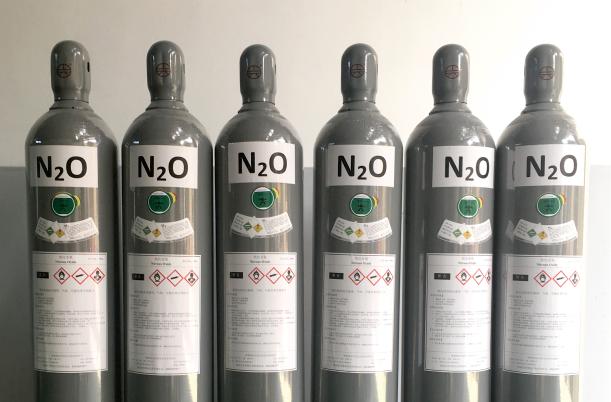
Food Grade Nitrous Oxide vs. Industrial Grade Nitrous Oxide
Main Application Scenarios
| Food Grade | Industrial Grade |
| Whipped cream dispensers | Electronics manufacturing |
| Food packaging systems | Aerospace propulsion systems |
| Medical anesthesia (high-purity variants) | Automotive welding |
Why It Matters:
Using industrial-grade N₂O in food prep can contaminate products. For example, sulfur residues in industrial gas may taint coffee creamer, leading to recalls.
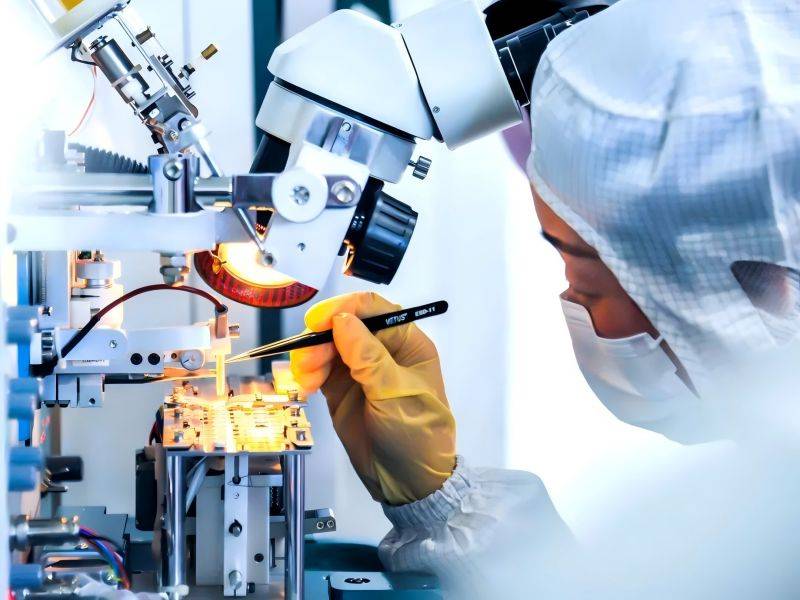
Purity and Impurity Control
The level of purity and the types and concentrations of permissible impurities are critical differentiating factors.
- Food-Grade: Typically has a purity level of 99.7% or higher, with strict limits on contaminants such as sulfur compounds, oil residues, and other harmful chemicals.
- Industrial-Grade: May contain higher levels of impurities, including residual industrial lubricants, toxic gases, and other non-food-safe chemicals.
Production Standards and Certification Requirements
The manufacturing processes and the certifications required for each grade differ significantly.
- Food Grade Nitrous Oxide: Production must adhere to stringent food safety regulations and standards set by relevant authorities (e.g., FDA in the United States, EFSA in Europe). Manufacturers must implement robust Hazard Analysis and Critical Control Points (HACCP) systems and often hold certifications like ISO 22000 or FSSC 22000, demonstrating their commitment to food safety management. Regular audits and inspections are conducted to ensure compliance. The entire production chain, from raw material sourcing to packaging, is subject to strict controls to prevent contamination.
- Industrial Grade Nitrous Oxide: Production follows industrial gas manufacturing standards, which focus on safety, quality, and consistency for the intended industrial applications. Certifications might include ISO 9001 for quality management systems. While safety is paramount, the specific requirements related to food-grade purity and the prevention of foodborne contaminants are not the primary focus of these standards and certifications.
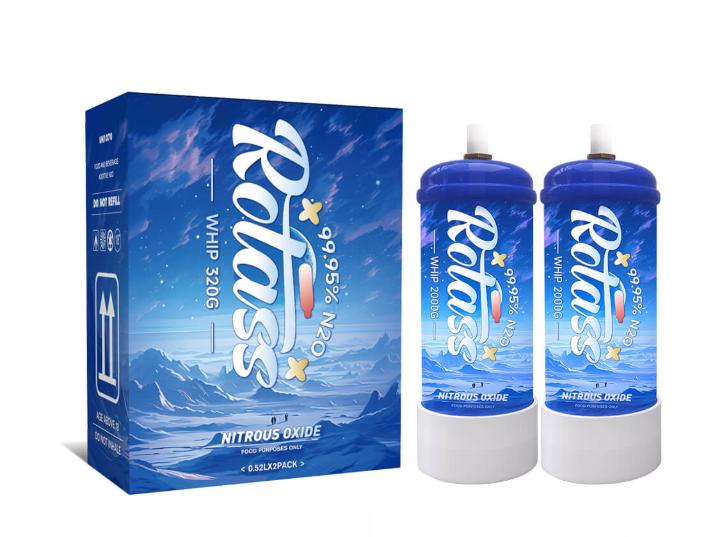
Raw Material Sources and Production Processes
The sources of raw materials and the specific manufacturing techniques employed can also differ.
- Food Grade Nitrous Oxide: Manufacturers typically select high-quality raw materials with minimal inherent impurities. The production processes often involve more refined techniques, including multiple stages of distillation, scrubbing, and filtration, specifically designed to remove any potential contaminants that could be harmful if ingested. The focus is on achieving the highest possible purity suitable for human consumption.
- Industrial Grade Nitrous Oxide: While quality is still important, the selection of raw materials and the production processes might be driven more by cost-effectiveness and the specific purity requirements of the intended industrial application. The purification steps might be less extensive compared to food grade production, as the focus is on meeting the technical requirements of the industrial process rather than strict food safety.
Packaging and Labeling Specifications
- Food Grade:
Labels: “Food Grade” warnings, batch numbers, expiry dates.
Packaging: Sealed, non-reactive aluminum or stainless steel canisters. - Industrial Grade:
Labels: Generic warnings (e.g., “For Industrial Use Only”).
Packaging: Often stored in cheaper steel cylinders prone to corrosion.
Visual Cue:
Food-grade chargers are typically silver or white, while industrial nitrous oxide tanks are gray/black.
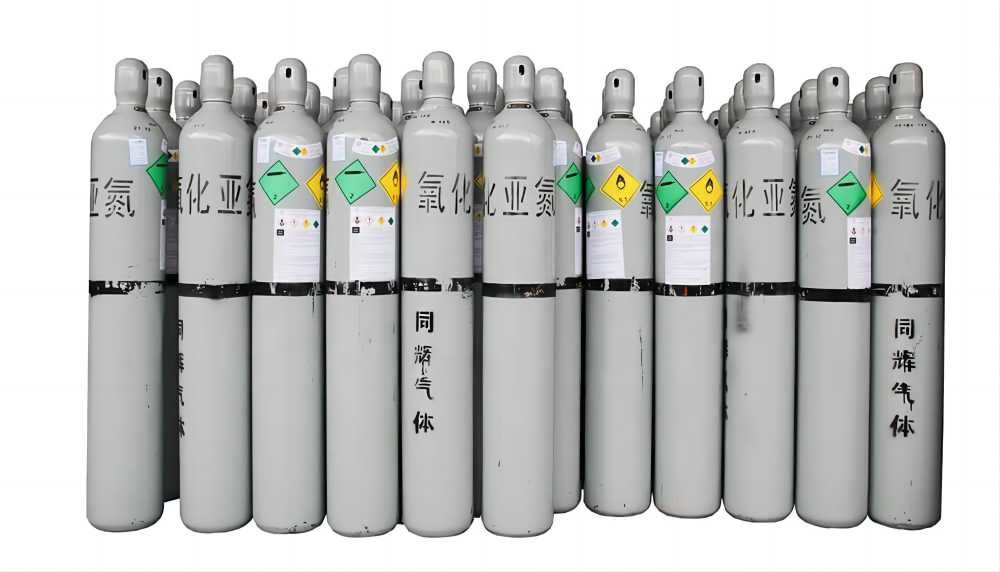
Cost and Procurement Channels
The differences in production complexity, purity standards, and regulatory oversight lead to variations in cost and procurement channels.
- Food Grade Nitrous Oxide: Due to the higher purity requirements, stringent quality control, and food safety certifications, food grade nitrous oxide is typically more expensive than industrial grade. It is usually procured through specialized suppliers catering to the food and beverage industry, often with traceability measures in place to ensure food safety.
- Industrial Grade Nitrous Oxide: Generally less expensive to produce, industrial grade nitrous oxide is available through a wider range of industrial gas suppliers. Procurement channels are geared towards businesses in manufacturing, healthcare, and other industrial sectors.
Final Thoughts
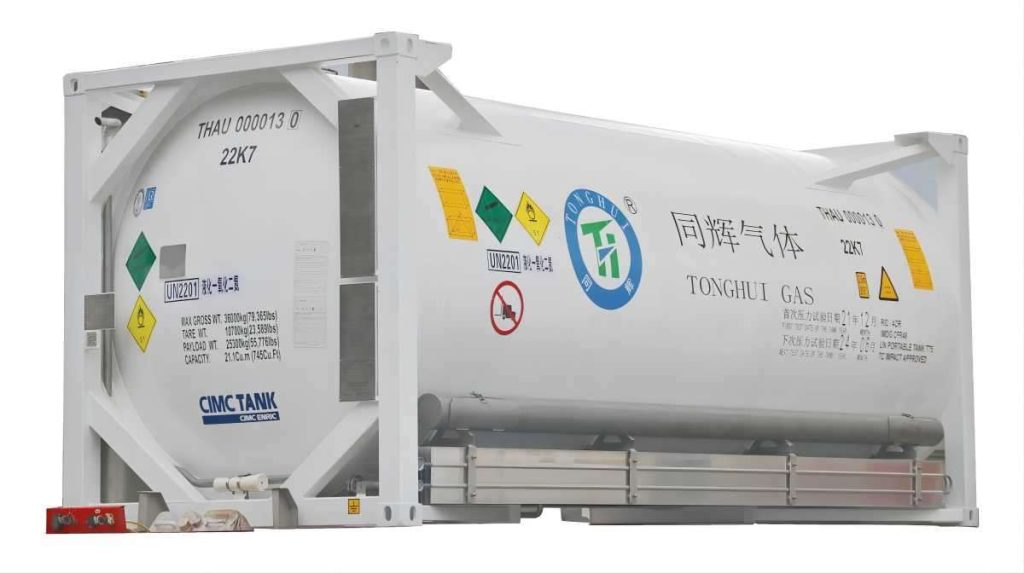
Choosing between food-grade and industrial-grade nitrous oxide isn’t just about cost—it’s about safety and compliance. A single mistake could harm consumers, damage your brand, or lead to legal action.
Action Steps:
Verify Certifications: Ask nitrous oxide suppliers for FDA/EFSA compliance documents.
Audit Packaging: Look for “Food Grade” labels and batch tracking.
Train Staff: Ensure handlers understand the risks of cross-contamination.
For high-risk industries like food and healthcare, investing in certified food-grade N₂O is non-negotiable.


